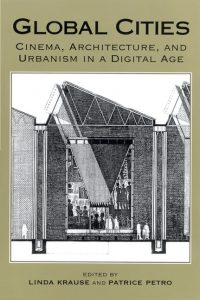
What is the relation between cities and cinema? The cinematic image contains the entire process of urban development. It shows the “image of the city” which makes the city invisible. We could understand the history of the cities and the daily life in the past from the cinematic images.
It is interesting that every city wants to have a label to identify itself. These images or labels are tools to boost their tourist trade which can also improve the influences of the city. For example, Shanghai is known as the Paris of the East which presents a prosperous city. On the other hand, we can get some information of the city from its label. Hong Kong has the obsession with logos “Asia’s World City” because financial services, trading and logistics, tourism, and professional and producer services are the traditional Four Key Industries that have been the driving force of Hong Kong’s economic growth, providing impetus to growth of other sectors and creating employment. This logo can enhance the image of the city and benefit for the sustainable development of the city. It can show the expectations from labels just like our name.
DENG XIFEN|3035692424
Yes, cinema can make something that is invisible or implicit visible. The cities of Shanghai and Hong Kong that you are discussing seem to be examples of Abbas’ “exorbitant city.” To what extent do you think they also possess characteristic of a generic city? What are some examples in Shanghai and Hong Kong, seen in a film or in reality, that reveal how each city is continually resisting becoming generic, despite being “exorbitant” cities>